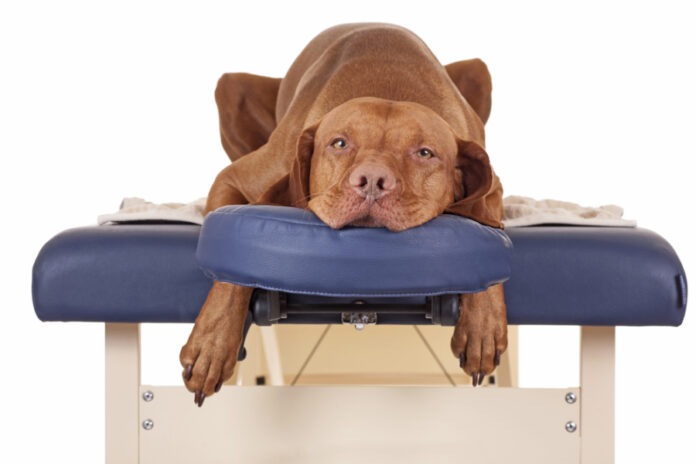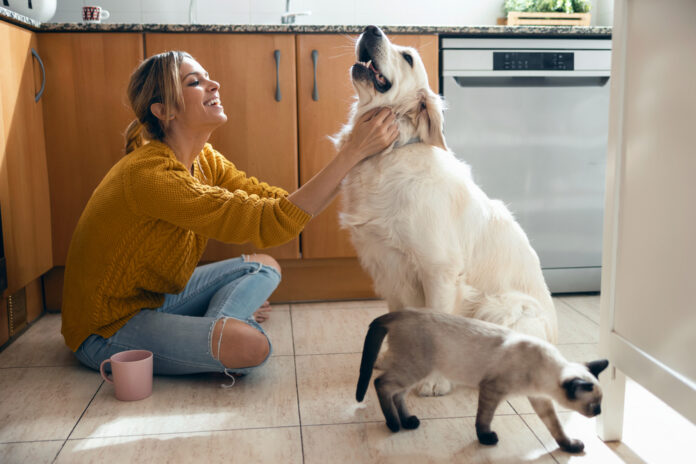Keeping your dog’s eyes healthy

While many canine eye diseases are “silent”, a rudimentary understanding of eye anatomy, and some of the signs and symptoms to look for, can help you keep your dog’s eyes healthy.
When you gaze into your dog’s eyes, you connect with his or her soul. But while you gaze, can you tell if he or she might have an eye problem? The answer is: usually not. Dogs will instinctively try to hide pain, including eye pain, and if they become blind in one eye they will shift to using the remaining eye. Dogs need to lose at least 80% of their vision before they make noticeable visual mistakes. This means dog parents typically only discover that their dogs have an eye problem later in the course of the disease, rather than sooner. In this article, we’ll look at what you can do to help keep your dog’s eyes healthy, and how to recognize when there might be a problem.
Canine eye anatomy
It’s important to know something about the anatomy of your dog’s eyes, so that if they appear abnormal, you’ll know to seek veterinary care.
The white area of the eye is the sclera; it rims the “clear windshield” part of the eye (cornea). The sclera is covered by a thin pink membrane (conjunctiva), which can become reddened and puffy (e.g. with allergies). The normal sclera is white at the top of the eye, and often slightly pink at the bottom.
Dogs have third eyelids, which are thin membranes covered by conjunctiva and hidden in the lower inside corners of the eyes. Special muscles can voluntarily pull the eye deeper into the eye socket (making the eye appear smaller or sunken), allowing the third eyelid to slide up and protect the cornea (some people describe this sliding as “the eye rolling back in the head”, but this is not what is happening).
The iris is the colored part of the eye. It is typically brown but can be yellowish, blue, or sometimes two colors (heterochromia). The pupil is round and black, and should constrict with light and dilate in darkness. In normal geriatric dogs, both pupils are typically a hazy bluish-grey color; this normal aging of the senile lens is called nuclear sclerosis. Functional vision is not affected unless the dog has also developed significant age-related cataracts (cloudy lenses caused by lens protein breakdown, which can cause vision loss). Normal lenses should not be milky blue or white; if they are, it could indicate an advanced cataract.
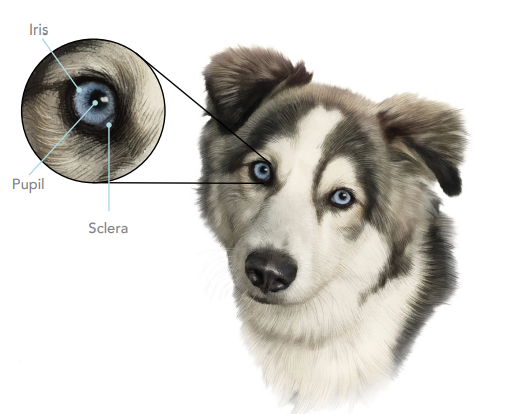 Get to know your dog’s eyes
Get to know your dog’s eyes
- It is important to know what your dog’s eyes look like in their normal state. Take baseline reference photos, and photos/videos of any eye issues that concern you.
- Dog eyes should be bright, shiny, clear, and of equal size. The pupils should also be the same size.
- Shine a light in your dog’s eyes in darkness, to see what the “eye-shine” in the pupil space looks like. If it looks cloudy, it could be a sign of developing cataracts.
- If discharge is present, evaluate whether it is wet, sticky, ropy and/or crusty, and observe the color; is it clear, gray, yellow, green, red, brown, or reddish-brown? When do you see it? Is it constant, or primarily present in the mornings? Normal dog eyes typically have discharge; some healthy dogs have a small gray bead of discharge, or a small dried gray/brown crust (“sleeper”) at the inside corner of the eye. If the discharge becomes excessive or changes in color, contact your veterinarian.
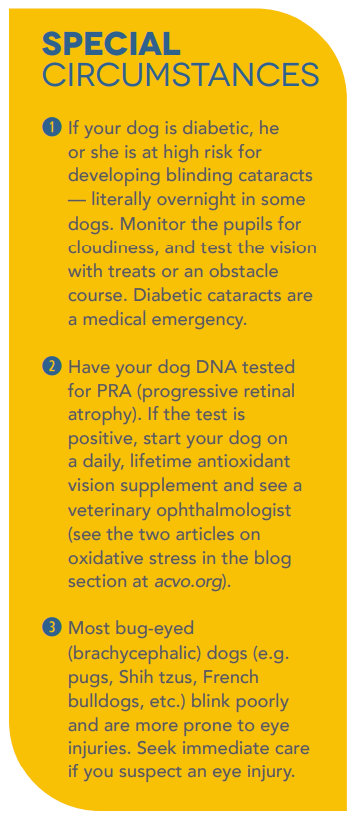
Signs of eye pain
Eye pain varies in kind and intensity, depending on the problem:
- An eye wound (e.g. corneal ulcer) causes a sharp, stabbing pain.
- Intraocular inflammation (uveitis) or a lens shifting out of position (anterior lens luxation) causes a deep, constant, throbbing pain.
- Increased intraocular pressure (glaucoma) causes a dull, migraine headache-like pain.
Dogs can be either tough or wimpy when it comes to pain. Squinting is always a red flag, but some dogs with eye pain don’t squint and will only sleep more than usual, move less, and/or eat less.
Excessive discharge can accompany clinical signs of eye pain. As mentioned above, eye discharge can also be gray, yellow, green, or bloody. In consistency, it can be watery, stringy, or thick like pus (i.e. mucopurulent discharge). The discharge can also be clear but may cause a reddish-brown stain around the eye. Compare the two eyes; if one is held a little more closed or completely closed, there’s a problem. Another sign of pain is if your dog rubs at either eye with a paw or on the carpet or sofa.
Getting a diagnosis and treatment
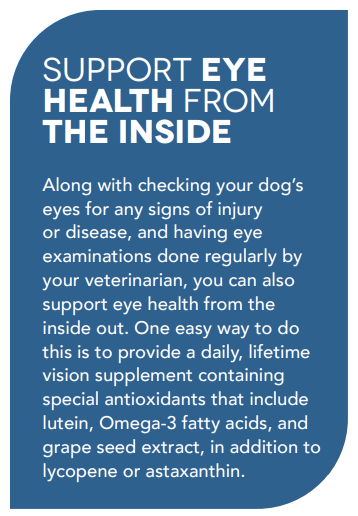 Be sure to have your dog’s eyes checked regularly by a veterinarian. There is no substitute for routine eye examinations because many serious canine eye diseases are “silent” and dog parents cannot detect them until it is too late. Many canine eye diseases require urgent diagnosis and treatment, and once advanced, they can cause chronic pain and/or permanent vision loss. But by learning about some of the early signs of canine eye problems, you’ll be better equipped to know when to seek veterinary care. And don’t forget your “sixth sense”! If you feel something is “off” with one or both of your dog’s eyes, trust your instincts and seek veterinary care.
Be sure to have your dog’s eyes checked regularly by a veterinarian. There is no substitute for routine eye examinations because many serious canine eye diseases are “silent” and dog parents cannot detect them until it is too late. Many canine eye diseases require urgent diagnosis and treatment, and once advanced, they can cause chronic pain and/or permanent vision loss. But by learning about some of the early signs of canine eye problems, you’ll be better equipped to know when to seek veterinary care. And don’t forget your “sixth sense”! If you feel something is “off” with one or both of your dog’s eyes, trust your instincts and seek veterinary care.
Keep in mind that, depending on the problem, it might not be possible for your veterinarian to accurately diagnose and/or treat your dog’s eye disease, so he or she might refer you to a board-certified veterinary ophthalmologist. Alternatively, you can contact a veterinary ophthalmology practice to seek specialty care (for more information, visit acvo.org).
Your dog’s eyes are more than just windows to his or her soul. They’re also vital to well-being and quality of life, so be sure to factor their health into your best friend’s care regimen.



